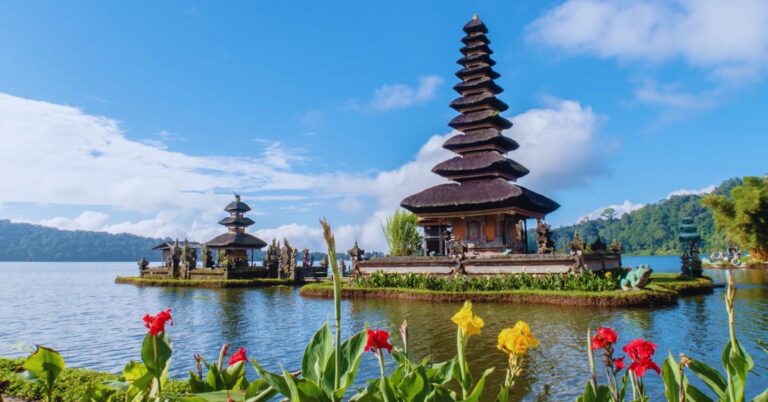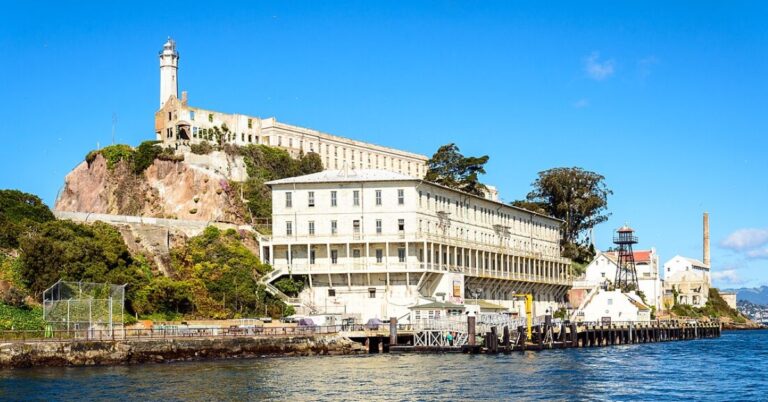15 Caribbean Destinations Every Scuba Diver Should Visit

Warm waters, thriving coral reefs, and marine life bursting with color—Caribbean scuba diving feels like plunging into a living aquarium. Some spots lure shark lovers, while others reveal ancient shipwrecks or dramatic underwater cliffs. Every descent promises something spectacular, and these destinations deliver unforgettable sights beneath the surface.
Cozumel, Mexico

Drift diving in Cozumel feels like deep-sea flying. The strong currents sweep divers past massive coral structures, where sea turtles, eagle rays, and nurse sharks glide effortlessly. Palancar Reef and Santa Rosa Wall take center stage, but the island’s lesser-known reefs also brim with dazzling marine life.
Bonaire
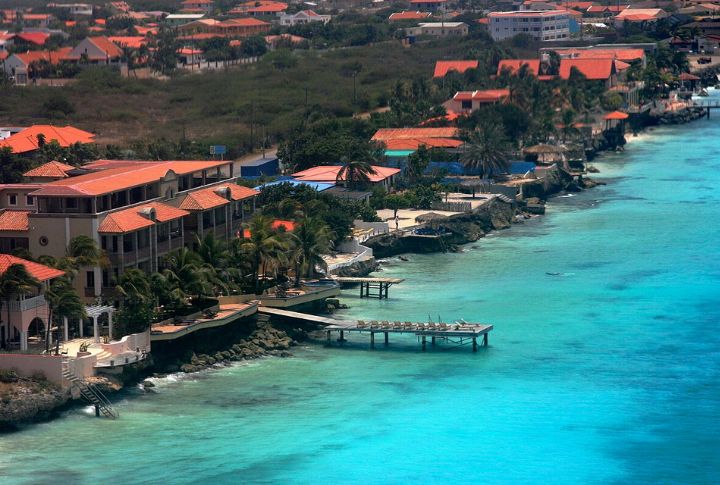
Scuba diving straight from the shore? That’s Bonaire’s claim to fame. Reefs flourish just a few steps from the beach, with 1000 Steps and Salt Pier among the most beloved sites. By night, the ocean transforms—octopuses hunt, tarpon prowl, and bioluminescent plankton twinkle like oceanic fireflies.
The British Virgin Islands
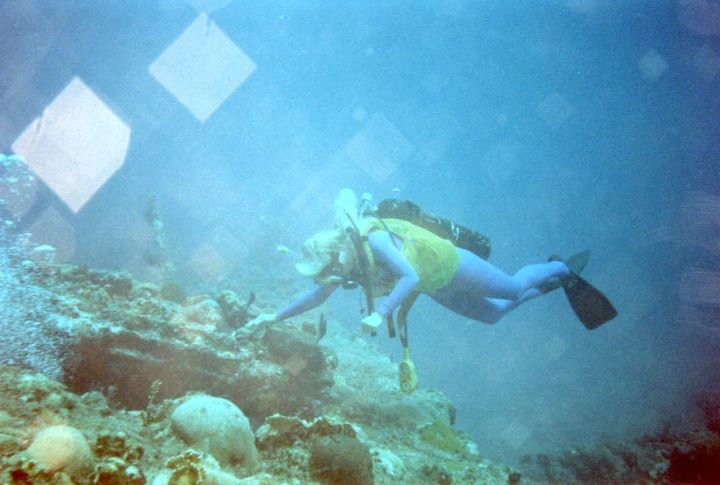
The British Virgin Islands could write a book on epic wreck dives. The RMS Rhone, a 19th-century mail ship, is one of the most legendary wrecks in the Caribbean. Beyond the shipwrecks, coral tunnels and boulder formations around Virgin Gorda provide a stunning playground for marine life.
Cayman Islands

Diving in the Cayman Islands delivers cinematic moments, from hovering with stingrays in Grand Cayman’s Stingray City to exploring the dramatic walls of Little Cayman’s Bloody Bay. Wreck enthusiasts can visit the USS Kittiwake, a sunken submarine rescue ship buzzing with barracudas and garden eels.
Belize
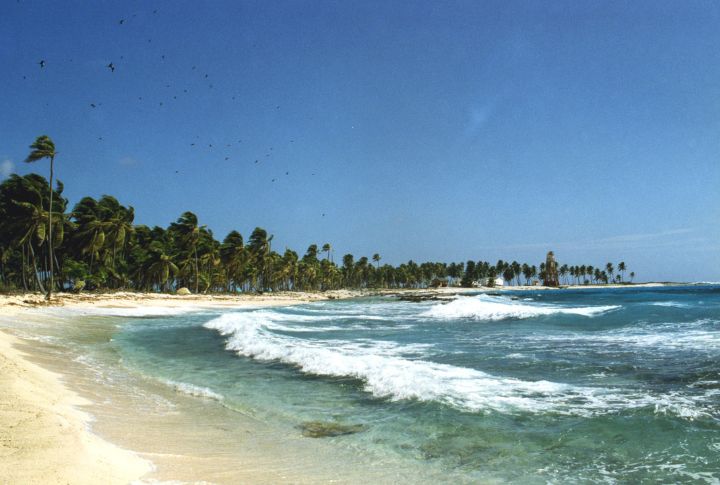
Beyond the Great Blue Hole, Belize offers more thrills. The Belize Barrier Reef spans 190 miles, forming part of the 560-mile Mesoamerican Barrier Reef System, the second-largest in the world. Shark Ray Alley guarantees up-close encounters with nurse sharks, while Half Moon Caye’s colorful ocean groves teem with angelfish and groupers.
Saba

Saba doesn’t do ordinary—it’s all about dramatic underwater pinnacles rising from the depths. At sites like Twilight Zone and Diamond Rock, schools of jacks swirl around towering volcanic formations. Reef sharks and barracudas are common sightings, and the island’s strict conservation efforts keep the reefs thriving.
Turks And Caicos
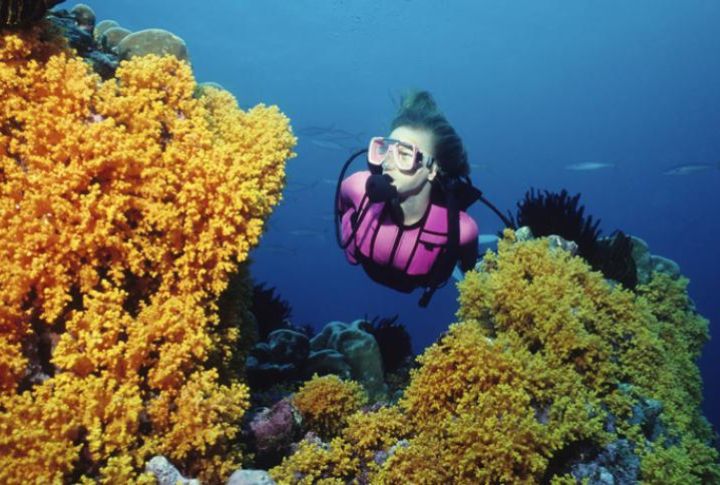
The walls here don’t just drop—they disappear into infinity. Northwest Point and West Caicos feature sheer deep-sea cliffs where reef sharks and eagle rays patrol the depths. Grace Bay’s coral gardens are perfect for those who prefer shallow, sunlit dives with playful sea turtles and schools of colorful fish.
St. Croix, U.S. Virgin Islands
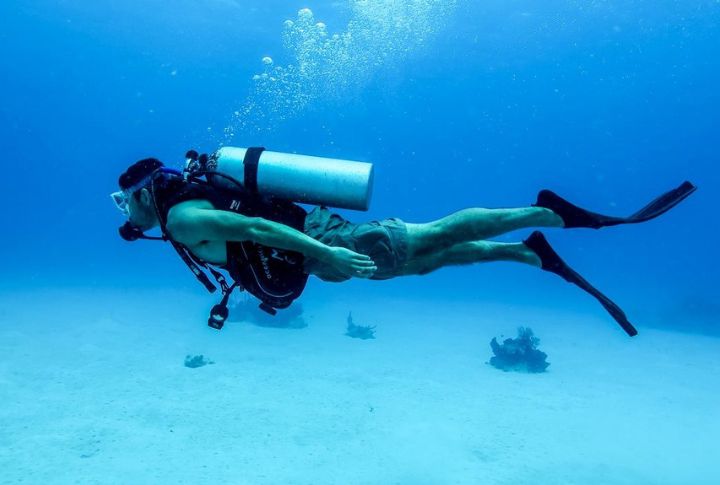
The Butler Bay wrecks, featuring sunken ships and an old oil rig, provide a thriving habitat for barracudas, stingrays, garden eels, and vibrant sponges, making St. Croix a paradise for marine enthusiasts. Moreover, the Cane Bay Wall begins at just 30 feet before dropping into the deep, creating a breathtaking underwater experience for divers of all levels.
Grenada
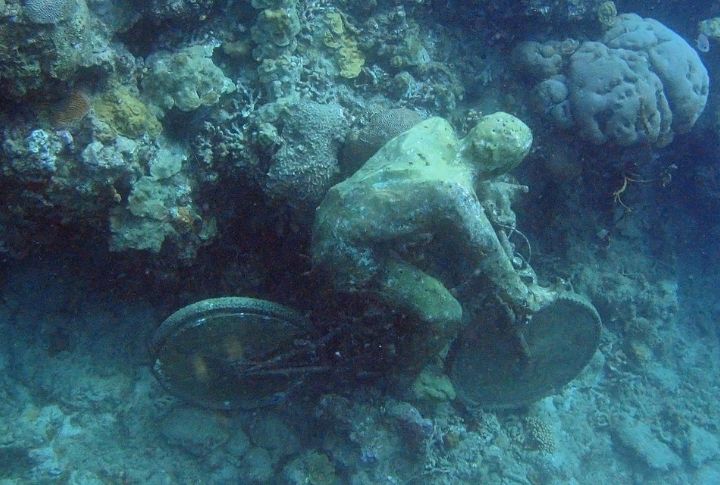
Grenada’s waters hold some of the most fascinating wreck dives in the Caribbean, including the Bianca C, a massive cruise liner resting between 90 and 160 feet. Here, Flamingo Bay, with its thriving marine meadows, offers a colorful contrast to the haunting beauty of the wrecks. You can expect seahorses, rays, and moray eels lurking in the reef.
Dominica
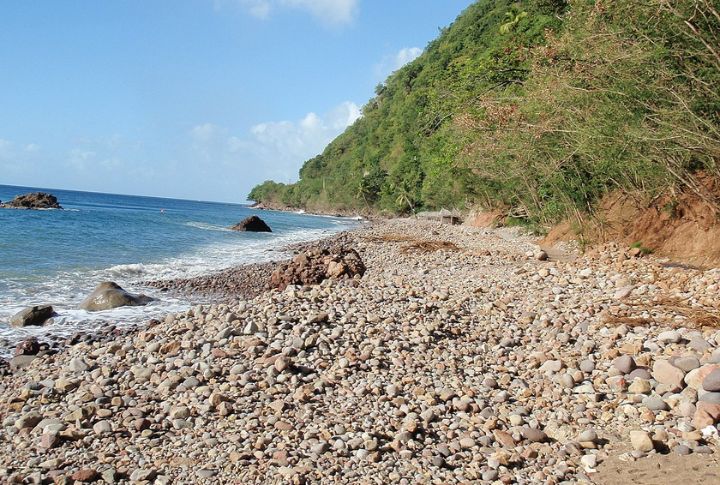
Volcanic activity shapes Dominica’s underwater world, and its Champagne Reef earns its name from the warm geothermal bubbles that escape from the seafloor, creating a dazzling dive experience. Off the island’s coast, sperm whales roam the depths, making this one of the best places to encounter these graceful behemoths.
Tobago
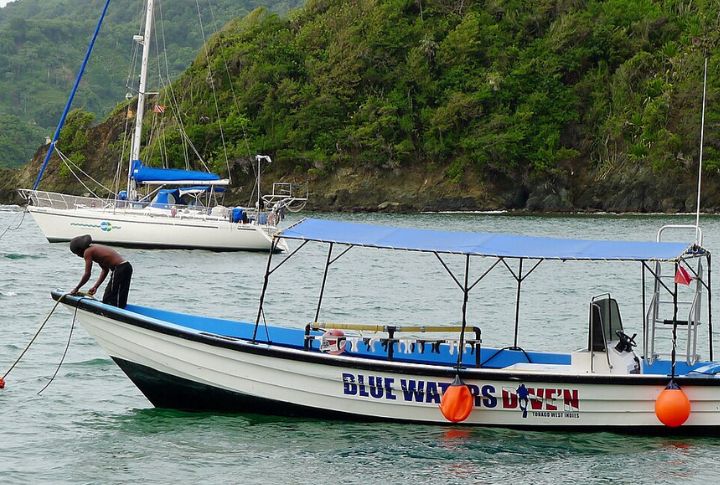
Currents fuel the marine spectacle in Tobago’s Speyside region, where enormous coral formations and the world’s largest brain coral dominate the seascape. Divers can drift through vibrant reefs swarming with jacks, barracudas, and sea turtles before surfacing to admire the island’s lush green cliffs.
The Bay Islands, Honduras
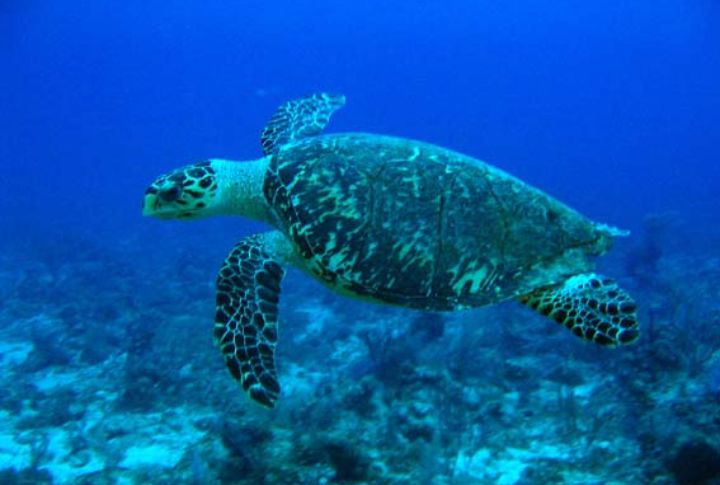
A hotspot for marine diversity, Honduras’ Bay Islands cater to every diver’s dream. Roatan’s Mary’s Place impresses with coral-laced crevices, and Utila is among the best places to witness migrating whale sharks. Between thrilling drift dives and dazzling reefscapes, these islands promise an extraordinary experience beneath the waves.
St. Lucia
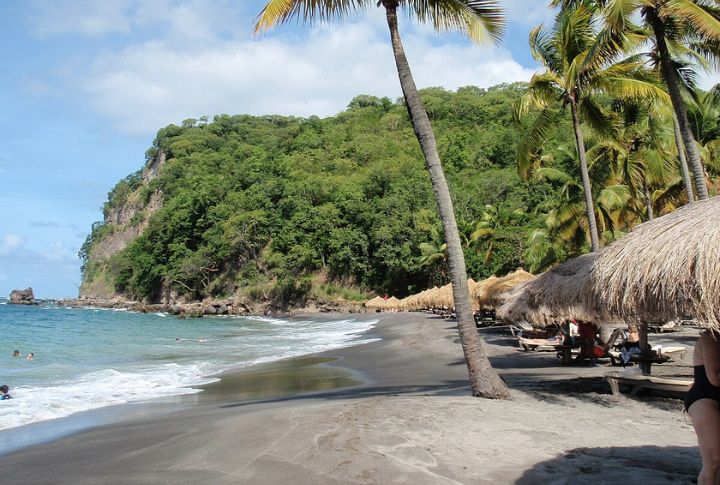
Few places let you dive beneath towering volcanic peaks, but St. Lucia does. Superman’s Flight, named for its swift drift dive, showcases breathtaking subaquatic cliffs. Moreover, Anse Chastanet offers shallow seafloor sanctuaries filled with frogfish, seahorses, and eels. This vibrant marine ecosystem highlights the island’s magic, which reaches beyond its famous Pitons.
The Bahamas
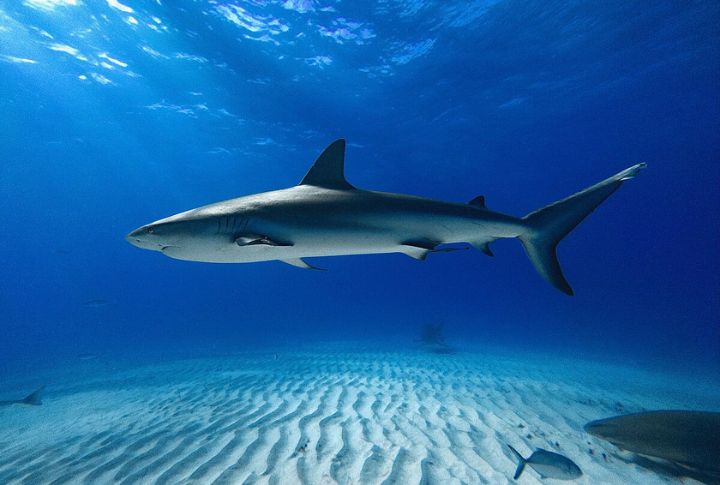
No place does shark diving quite like the Bahamas. At Tiger Beach, divers kneel in the sand as tiger sharks circle calmly overhead. Shark Alley and the blue holes of Andros add to the thrill. For wreck lovers, the sunken ships of Nassau serve as eerie but mesmerizing artificial reefs.
Martinique
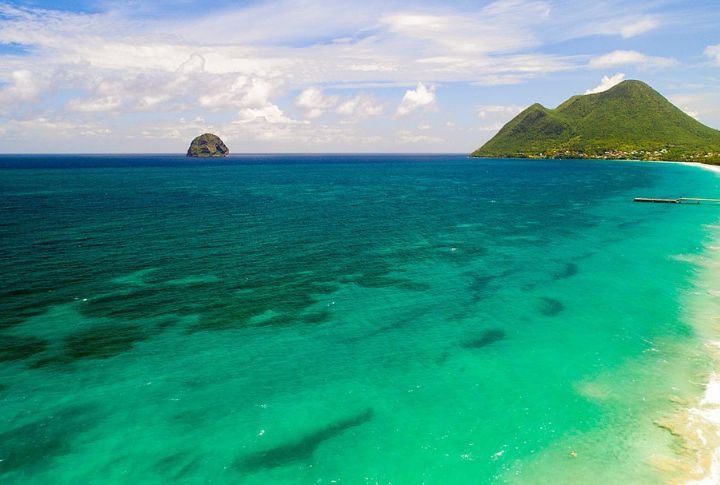
Martinique’s volcanic past has sculpted a seafloor unlike any other. Diamond Rock features towering rock formations and hidden caves, while the waters near Saint-Pierre contain shipwrecks that sank during the catastrophic Mount Pelee eruption in 1902. Reef sharks, eagle rays, and dazzling schools of fish are regular guests in this aquatic paradise.




